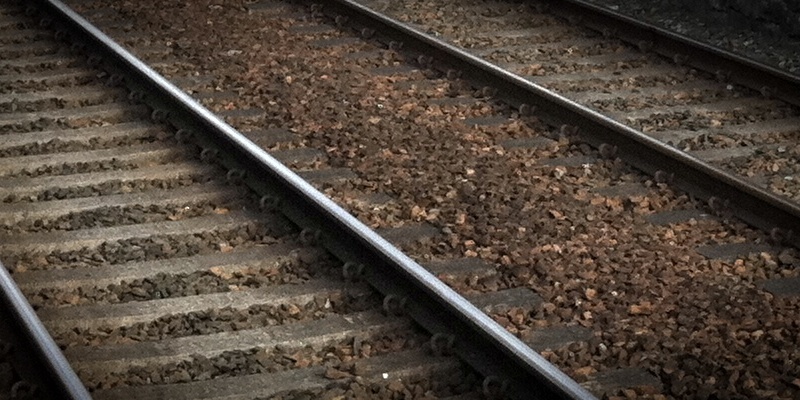Rail passengers will have to pay more to stand longer on slower trains under new Scottish Government proposals.
Transport Minister Keith Brown is also considering reducing the frequency of services a move that would leave commuters facing longer waits on railway platforms.
And passengers travelling north of Edinburgh would have to rely on a single operator under plans to terminate cross-border services at Edinburgh in an effort to boost revenue for Scottish operators.
Overnight services from Scotland to London are also under threat.
The suggestions branded ”crackpot ideas” by Labour are part of a Transport Scotland consultation (link) to ensure Scotland’s railway services are ”world class”.
Operators are invited to bid to run rail services from 2014 in a deal including government subsidies worth more than £1m a day. The consultation proposes improving punctuality by timetabling journeys to take longer.
It said: ”Timetable adjustments could be made to increase the time journeys take which would allow more flexibility and thereby improve train performance levels, increasing the proportion of punctual trains.
”However, increasing journey time may result in a reduction in the number of train services that can be provided.”
On the problem of overcrowding it suggests scrapping first-class carriages, adding: ”Other methods, such as fares adjustments, can help to alleviate crowding.”
At the moment passengers should have a ”reasonable expectation” of getting a seat within 10 minutes of boarding a train. But the consultation will look at whether ”we should increase the time that passengers may have to stand.”
It is also suggested regulated fares which are linked to the retail price index are increased.
The document does concede ScotRail’s failure to provide wi-fi is ”disappointing”, as the service has been available elsewhere on the UK network since ”at least 2004”.
It also raises the prospect of banning alcohol on all trains in Scotland.
Labour transport spokesman Lewis Macdonald said the SNP ”seems to be going out of their way” to put people off using trains.
He said: ”The message from the SNP on rail seems to be pay more, take longer, change more often or not be allowed on a train at all.”
Tory transport spokesman Alex Johnstone said: ”These suggestions from Transport Scotland are totally unhelpful and if they had been even slightly thought through it would be clear that many of them would disadvantage passengers.”
Mr Brown urged the public to take part in the consultation, which ends on February 20.
See www.transportscotland.gov.uk for more information.
